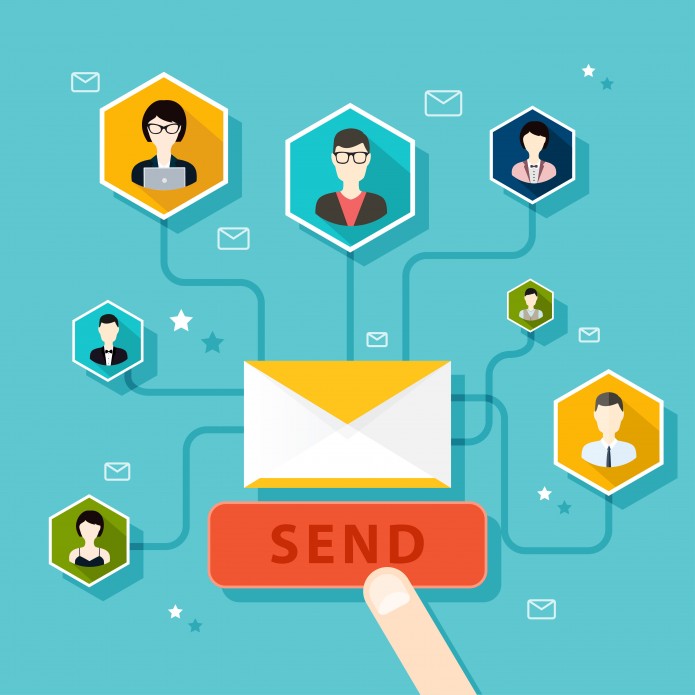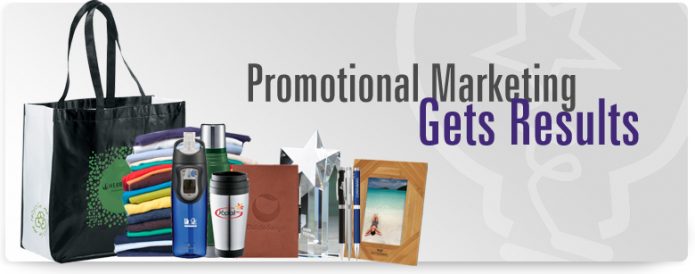As the 2024 presidential race unfolds, both Joe Biden and Donald Trump are navigating a landscape marked by economic uncertainty and significant voter migration. The electorate’s mood is influenced by rising costs of living, urban exodus due to crime, and a general sense of disillusionment with traditional political narratives.
Economic Uncertainty Takes Center Stage
Economic issues are at the forefront of voters’ minds. According to Jeremy Zogby, managing partner of the national online survey company and political polling service John Zogby Strategies, “Poll after poll after poll, it’s the economy and it’s immigration that are the top two [issues].” Rising food prices, skyrocketing rent, and high mortgage rates are straining household budgets across the country. Despite official reports touting job growth and economic recovery, many Americans feel the pinch of inflation and financial instability. This economic discontent presents a significant challenge for Biden, who must address the gap between positive economic data and the harsh reality many voters experience daily.
The Perception Problem
Biden’s administration faces the delicate task of convincing voters that the economy is on the right track without appearing out of touch. While official statistics may show improvements, these numbers can seem irrelevant to those struggling with everyday expenses. Voters who feel their economic concerns are dismissed may perceive this as gaslighting, leading to increased skepticism and frustration.
Urban Exodus and Crime
Another critical issue is the movement of residents away from major cities like New York, Los Angeles, San Francisco, and Portland. High crime rates and drug problems are driving many to seek safer environments in other states. This urban exodus reflects deeper anxieties about public safety and quality of life, which both candidates must address. Voters are looking for concrete plans to reduce crime and improve living conditions in urban areas.
Strategic Challenges for Democrats
Democrats face a strategic dilemma. Relying too heavily on positive economic narratives can backfire if voters feel their lived experiences are being ignored. A more effective strategy would involve acknowledging economic struggles and offering tangible solutions. By doing so, Biden can demonstrate empathy and a genuine understanding of the challenges facing everyday Americans.
Trump’s Appeal
Trump’s campaign, meanwhile, capitalizes on the dissatisfaction with current economic conditions. Many of his supporters, including some former Biden voters, believe they were better off during his administration. However, Trump must also address his own controversies and convince undecided voters that he can deliver a better future. His ability to present a clear, compelling vision for economic improvement and public safety will be crucial.
The Battle for the Undecided
The election will likely hinge on the small but critical group of undecided voters. Both campaigns must tailor their messages to address the specific concerns of this group. For Biden, this means focusing on practical economic policies and public safety measures. For Trump, it involves reassuring voters that his return to office will bring positive change.
Current State of the Race
As of now, the race is highly competitive, with a slight edge to Trump. This reflects the broader uncertainty and volatility of the political landscape. Both candidates have significant work to do in persuading the electorate and addressing the core issues that matter most to voters.
Moving Forward
In the months leading up to the election, both campaigns must prioritize addressing the real, pressing concerns of the electorate. Biden needs to bridge the gap between positive economic data and the everyday struggles of Americans, while Trump must present a vision that reassures and inspires confidence. The outcome of the election will depend on which candidate can more effectively connect with voters and offer solutions to the economic and social challenges they face.




